What is climate adaptation?
Climate adaptation means taking action to prepare for and adjust to the current and projected impacts of climate change. With climate change bringing more frequent and intense extreme weather events such as heatwaves, droughts and floods, individuals and communities can reduce their vulnerability and increase their resilience by adapting now.
Climate adaptation can take many different forms. Click on the links below to learn more:
How does the Intergovernmental Panel on Climate Change define adaptation?
In human systems, the process of adjustment to actual or expected climate and its effects, in order to moderate harm or exploit beneficial opportunities.
In natural systems, the process of adjustment to actual climate and its effects; human intervention may facilitate adjustment to expected climate and its effects.
What is the Global Goal on Adaptation?
The 2015 Paris Agreement established the Global Goal on Adaptation to enhance adaptive capacity, strengthen resilience, and reduce vulnerability to climate change. Read more
Watch our climate adaptation explainer videos
Why do we need to adapt how we produce food to climate change?
Rising temperatures, changing rainfall patterns, and more frequent extreme weather events can lead to crop failures, soil degradation, and water scarcity – all of which can negatively impact food production and distribution. As the global population continues to grow, the demand for food will also increase, making it even more important to ensure that food systems are resilient to the effects of climate change.
How can we adapt how we produce food to climate change?
Food production can be adapted to climate change impacts by:
- Developing crops that are more resilient to extreme weather and other effects of climate change
- Using smart irrigation systems to optimize and reduce water use
- Fostering online digital marketplaces that connect farmers with buyers, reducing long-distance transportation needs and emissions
- Using sensors and drones to collect data on weather, soil moisture, and crop growth to help farmers make more informed decisions about when and how to plant, irrigate, and harvest crops
- Using digital sensors to monitor the health and well-being of livestock to help pastoralists identify and address issues such as heat stress and disease
Find out more about our Food Security Program

The Food Security Program harnesses the potential of digitalization to promote climate adaptation and resilience of the food security sector.
Examples of Adaptation Solutions for Food Security
Kimplanter Seedlings and Nurseries propagates drought-resistant seedlings and helps farmers improve productivity in spite of drought and harsh weather conditions. Find out more
Better Beans for Africa gives farmers access to climate-smart and resilient beans with enhanced nutritional content. Find out more
MoA-INFO is a free SMS service that helps rural farmers adapt to changing seasons and increases in damaging armyworm outbreaks. Find out more
Why do we need to adapt infrastructure to climate change?
Rising sea levels, increasing frequency and severity of extreme weather events, and changing precipitation patterns can significantly impact our built environment. Without adaptation, buildings, roads, bridges, and transportation systems may be damaged or destroyed, disrupting essential services and resulting in economic losses. Adapting infrastructure can help reduce the risks and costs associated with climate change impacts, as well as improve the resilience of communities.
How can we adapt our infrastructure to climate change?
Infrastructure can be adapted to climate change by:
- Designing buildings and infrastructure to be more resilient to climate change impacts, such as sea level rise and extreme heat
- Incorporating green infrastructure, such as oyster reefs, coastal salt marshes, mangroves, coral reefs, seagrasses, sand beaches, and dunes to provide protection from climate hazards
- Building flood protection systems, such as levees, to protect against rising sea levels and increased storm surges
- Considering the potential impacts of climate change in land-use planning and zoning decisions
- Retrofitting existing infrastructure to make it more resilient to the effects of climate change
Find out more about our Infrastructure and Nature-Based Solutions Program
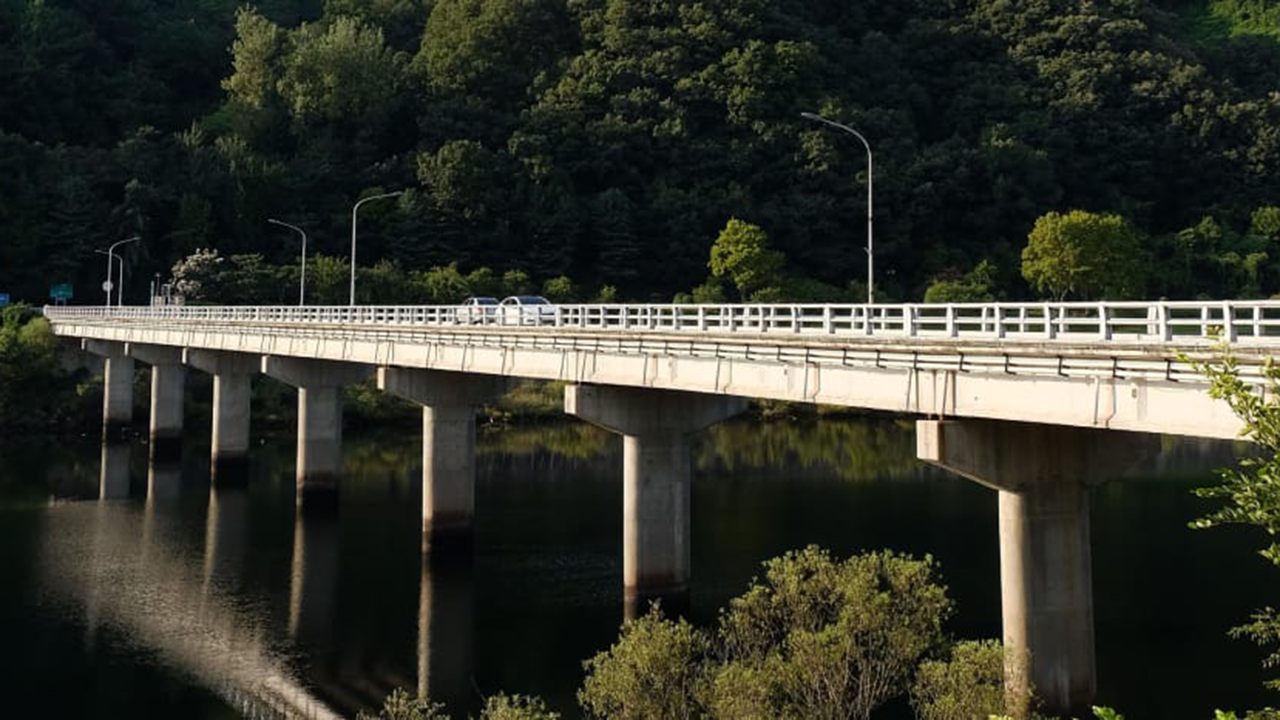
The Infrastructure and Nature-Based Solutions Program works to help countries assess, plan and finance climate-resilient infrastructure investments.
Examples of Infrastructure and Nature-based Adaptation Solutions
GCA is supporting the Gambia Port Authority to climate-proof its investments as it expands and modernizes the Port. Find out more
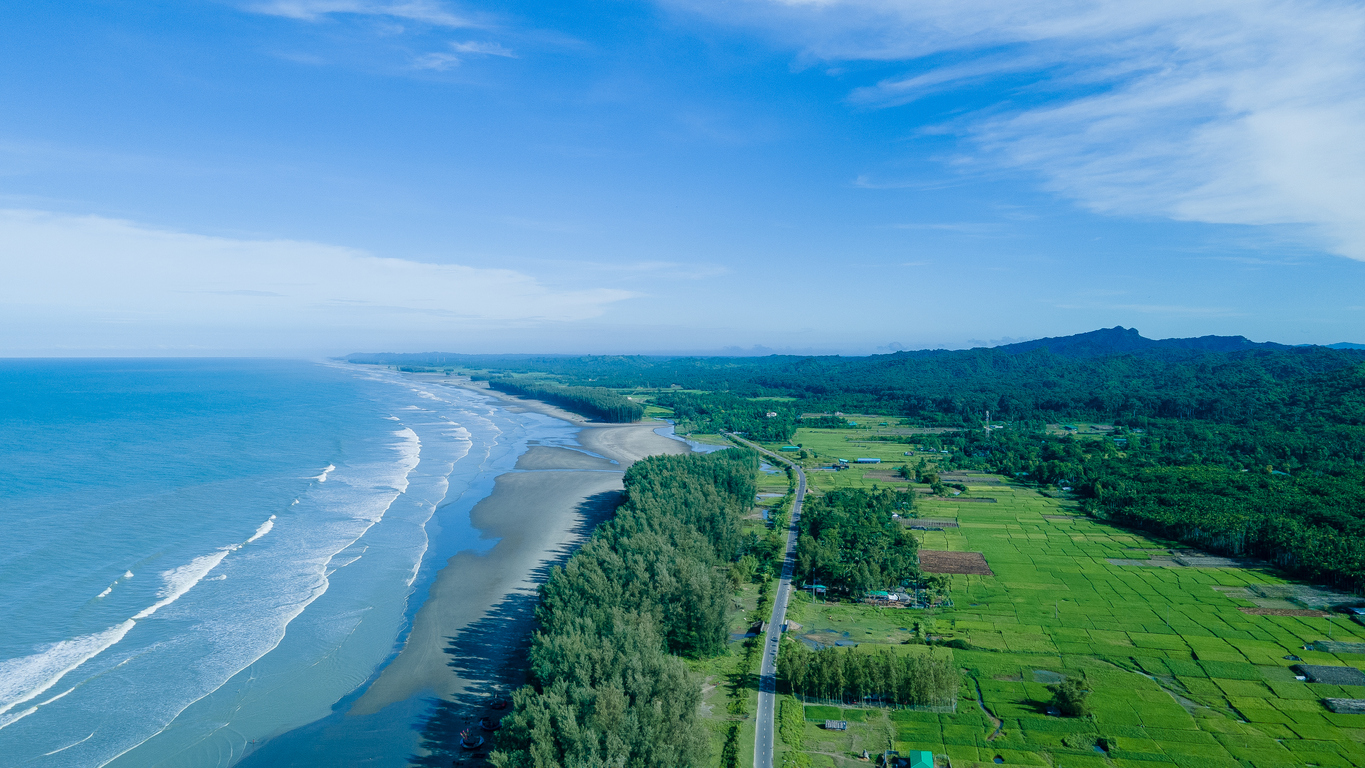
In Bangladesh, GCA is collaborating with partners to scale up Nature-based Solutions to help 22 coastal towns adapt to climate change. Find out more
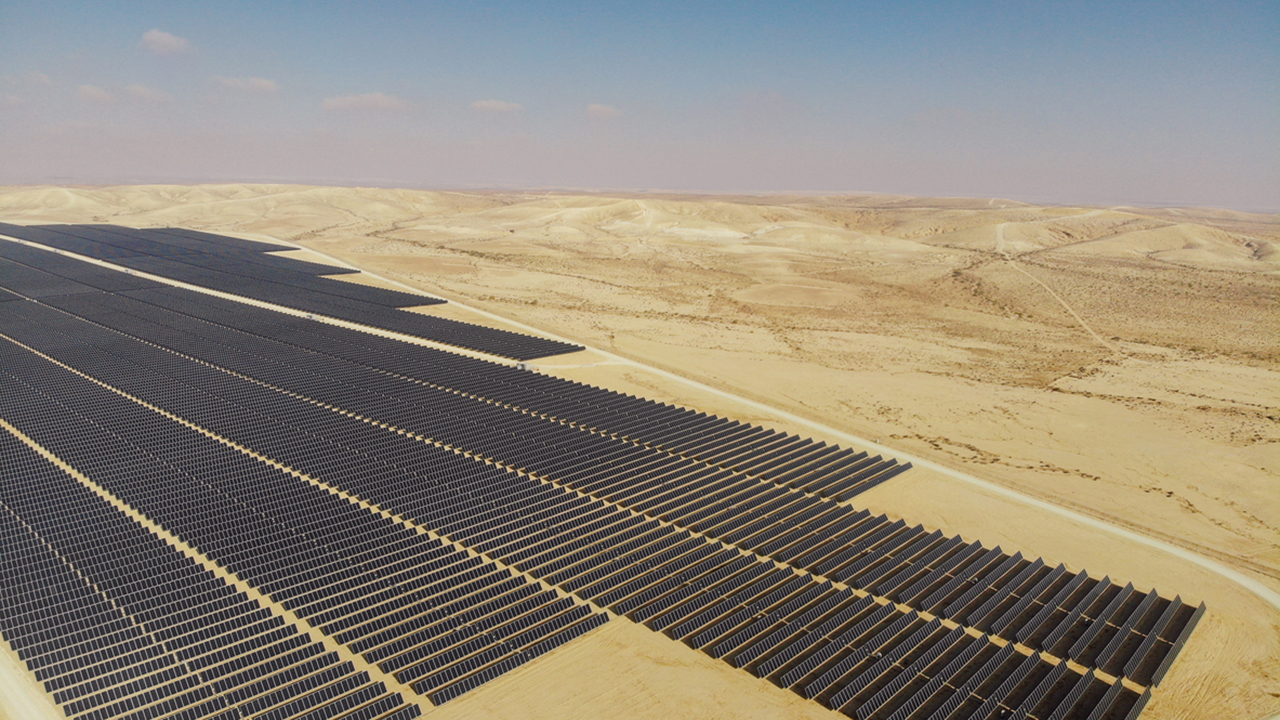
GCA is ensuring that investments made in the Desert to Power initiative are climate-proofed to current and projected climate risks. Find out more
Why do we need to adapt how we manage water to climate change?
Climate change can alter precipitation patterns, affecting the availability of water for drinking, irrigation, and other uses, and increasing risks of flood or drought. Changes in temperature and evaporation rates can increase salinity in surface and groundwater, affecting the suitability of water for drinking and irrigation. Sea level rise can lead to saltwater intrusion in coastal areas, negatively impacting freshwater resources and habitats. Adapting water management systems to the changing climate helps ensure that there is enough water available for human and ecosystem needs, and that it is distributed in an equitable and sustainable manner.
How can we adapt how we manage water to climate change?
Here are some examples of how we can adapt how we manage water to climate change:
- Developing early warning systems for floods and droughts
- Harvesting rainwater and reusing greywater to sustainably manager water and improve water security
- Investing in water-efficient irrigation systems and drought-resistant crops to help farmers adapt to changing water conditions
- Restoring wetlands and other natural water storage systems to improve water retention and reduce the impacts of floods
- Developing desalination plants to increase water supply in water-stressed regions
- Implementing policies and regulations to improve water conservation and reduce water waste
- Supporting the development of water-related disaster risk reduction and management plans
- Building resilient water supply systems to cope with extreme weather events, such as heatwaves and heavy rain
- Investing in water infrastructure for drinking water supply, sanitation, and hygiene and to prevent water pollution
- Building and upgrading dams, levees, and other water infrastructure to protect against flooding and increase water storage capacity
Find out more about our Water and Urban Program
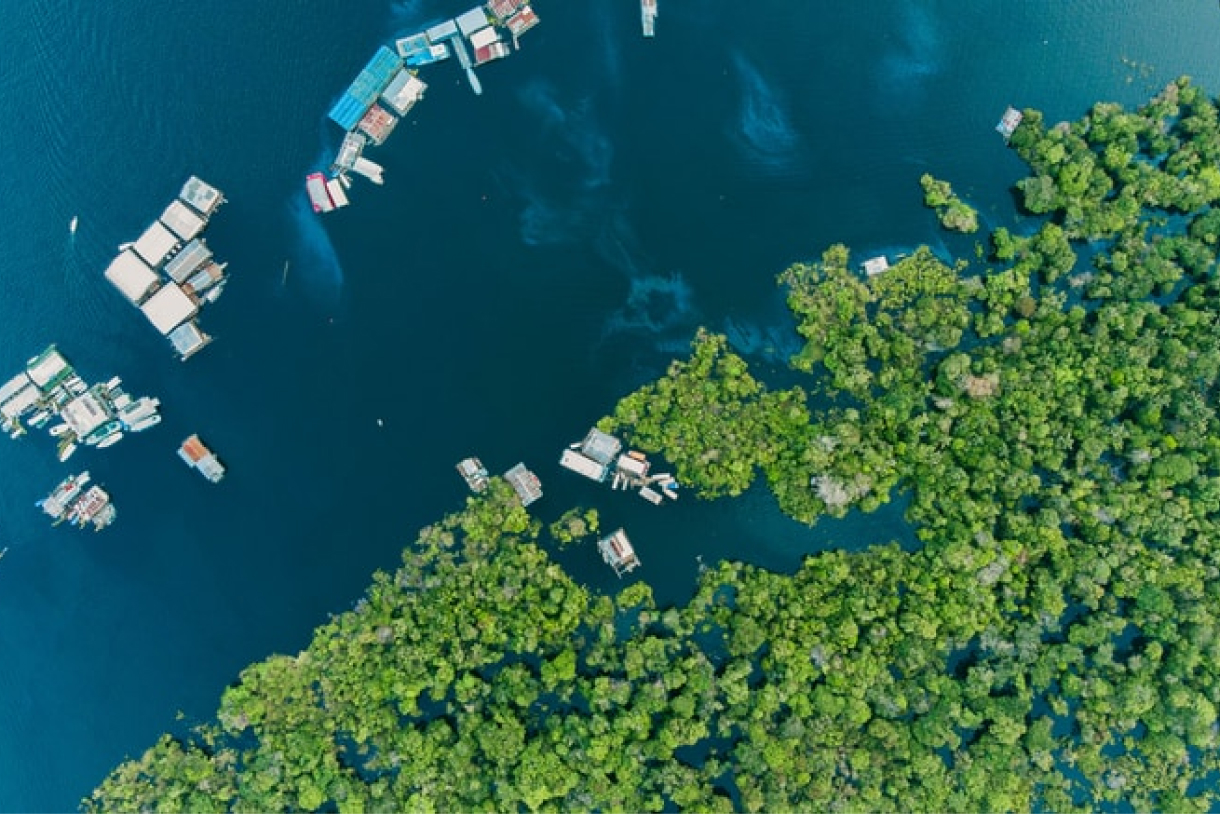
The Water and Urban Program aims to support national governments to rapidly accelerate and scale urban climate adaptation and provide climate resilient water services for people, food, nature, and the economy.
Examples of Water Adaptation Solutions
The city of Rotterdam uses innovative solutions like multipurpose rainwater storage and green spaces that respond to climate change-induced heavy rainfall, flooding and heat waves. Find out more
In Beijing, 80% of annual rainfall occurs in the summer. Floodplains and wetlands play a key role in helping the city manage water. Find out more
In the Wadden Sea Region of the Netherlands, the ‘double dike’ is helping the community manage sediment and cultivate seafood while
protecting them from coastal floods. Find out more
What is locally led adaptation to climate change?
Locally led adaptation (LLA) to climate change means giving communities on the frontlines of climate change a voice and empowering them to lead in making decisions that directly affect their lives and livelihoods. Shifting power to local stakeholders, without expecting them to shoulder the burden of adaptation, can catalyze adaptation that is effective, equitable, and transparent.
What does locally led adaptation entail?
The Locally Led Adaptation Principles developed by the Global Commission on Adaptation provide guidance on how to promote and strengthen LLA:
- Devolving decision-making to the lowest appropriate level: Giving local institutions and communities more direct access to finance and decision-making power over how adaptation actions are defined, prioritized, designed, and implemented; how progress is monitored; and how success is evaluated.
- Addressing structural inequalities faced by women, youth, children, disabled, displaced, Indigenous Peoples and marginalized ethnic groups: Integrating gender-based, economic, and political inequalities that are root causes of vulnerability into the core of adaptation action and encouraging vulnerable and marginalized individuals to meaningfully participate in and lead adaptation decisions.
- Providing patient and predictable funding that can be accessed more easily: Supporting long-term development of local governance processes, capacity, and institutions through simpler access modalities and longer-term and more predictable funding horizons, to ensure that communities can effectively implement adaptation actions.
- Investing in local capabilities to leave an institutional legacy: Improving the capabilities of local institutions to ensure they can understand climate risks and uncertainties, generate solutions, and facilitate and manage adaptation initiatives over the long term without being dependent on project-based donor funding.
- Building a robust understanding of climate risk and uncertainty: Informing adaptation decisions through a combination of local, traditional, Indigenous, generational and scientific knowledge that can enable resilience under a range of future climate scenarios.
- Flexible programming and learning: Enabling adaptive management to address the inherent uncertainty in adaptation, especially through robust monitoring and learning systems, flexible finance, and flexible programming.
- Ensuring transparency and accountability: Making processes of financing, designing, and delivering programs more transparent and accountable downward to local stakeholders.
- Collaborative action and investment: Collaboration across sectors, initiatives and levels to ensure that different initiatives and different sources of funding (humanitarian assistance, development, disaster risk reduction, green recovery funds, etc.) support each other, and their activities avoid duplication, to enhance efficiencies and good practice.
Find out more about our Locally Led Adaptation Program
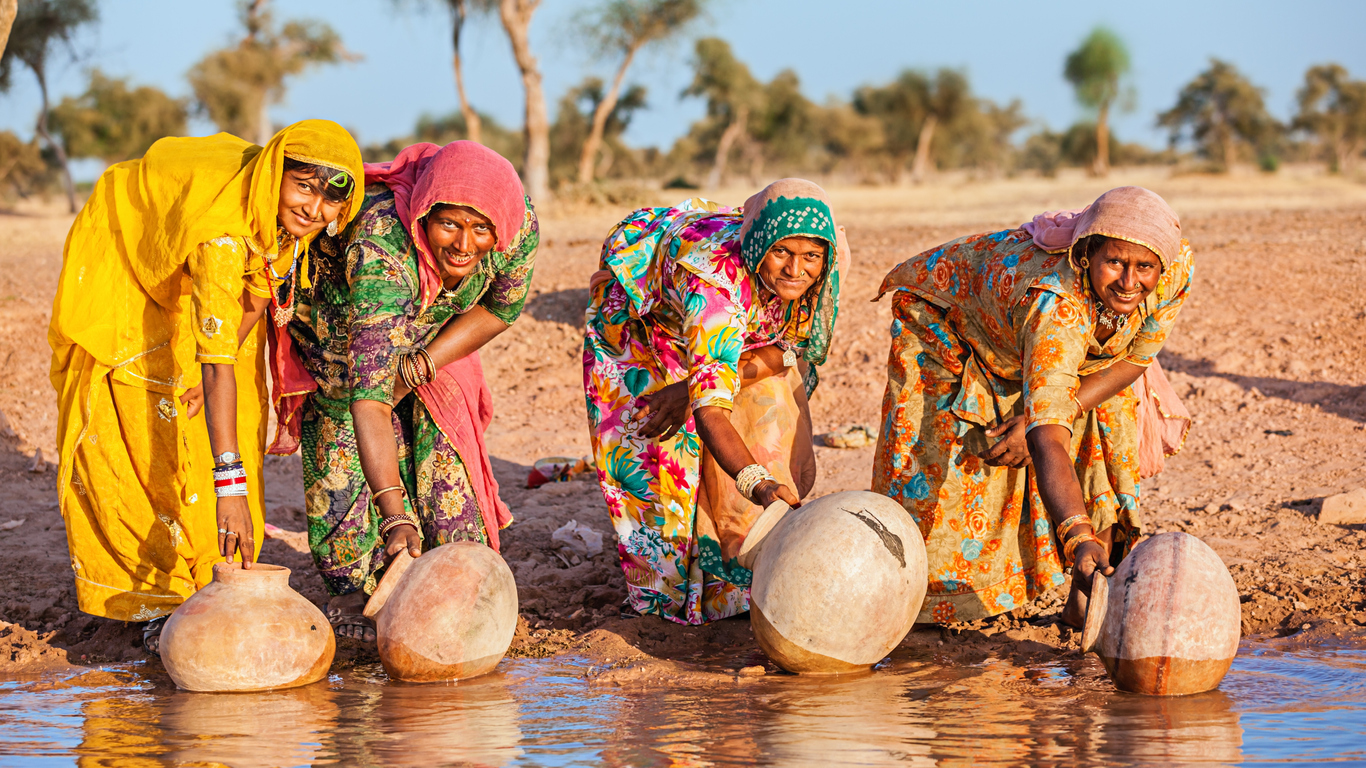
The Locally Led Adaptation Program aims to empower local governments and communities and to scale up LLA best practices by influencing adaptation and development investments.
Examples of Locally Led Adaptation Solutions
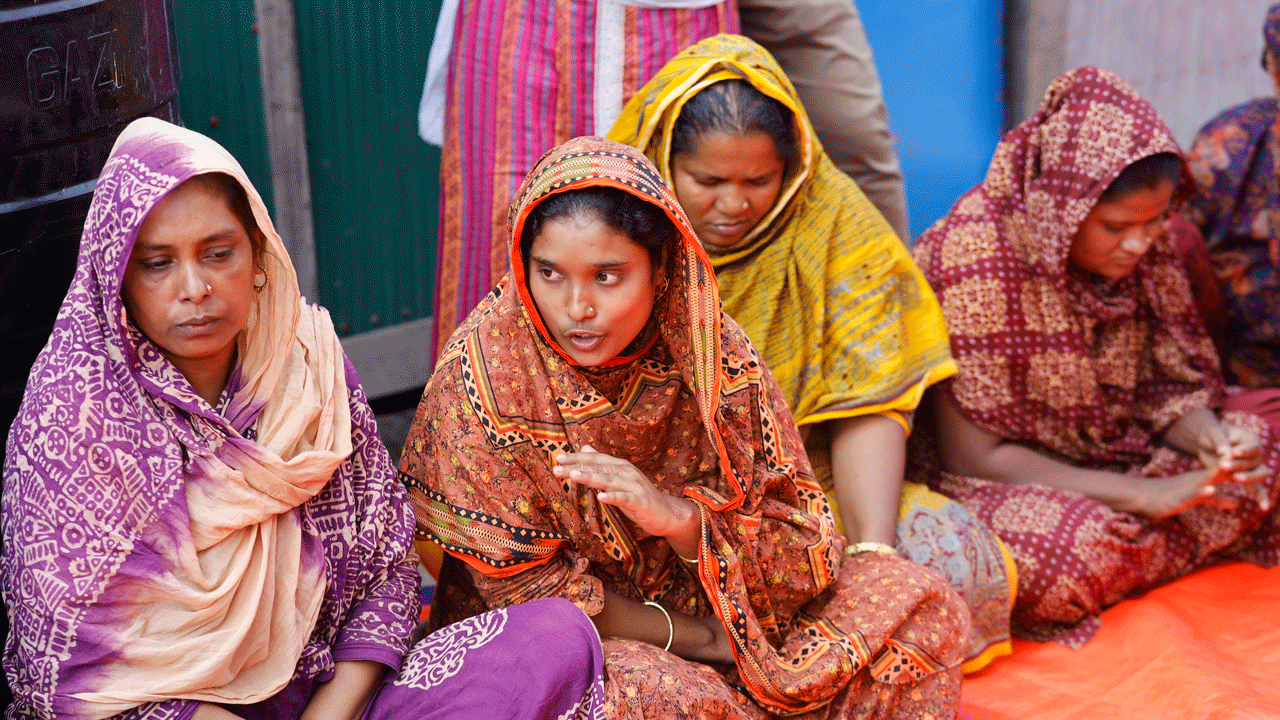
GCA and BRAC are piloting a process to develop locally-led town climate adaptation plans in the town of Mongla, the second largest seaport in Bangladesh, led by the Mayor and local government and developed with and validated by urban residents. Find out more
Residents of Mukuru, one of the largest informal settlements in Nairobi, Kenya worked with the local government to plan infrastructure improvements, including crucial investments in water, sanitation, roads, storm drains, health, and education. Find out more
In India, Swayam Shikshan Prayog created the “one-acre” Climate Resilient Farming model: women borrow a parcel of land to cultivate food crops for their families instead of only water-intensive cash crops like soybean and sugarcane. Find out more
What is climate adaptation finance?
Climate adaptation finance refers to the funding that is made available to support communities and countries in adapting to the impacts of climate change. Climate adaptation finance can come from a variety of sources, including governments, international organizations, private sector, and philanthropic foundations, and can take many forms, such as grants, loans, credit enhancement, risk management tools, carbon offsetting, public-private partnerships, green bonds, and impact investment. Climate adaptation finance is essential for low-income countries and vulnerable communities as it helps them to adapt to the impacts of climate change and reduce their vulnerabilities, which in turn will help them to cope with the negative consequences of a changing climate.
How can climate finance be used for adaptation?
Climate adaptation finance instruments are financial tools used to mobilize, allocate, and manage climate adaptation finance. Here are a few examples of climate adaptation finance instruments:
- Grants are direct financial transfers from donors to recipients, which can be used to support a wide range of adaptation activities, including planning, capacity building, and infrastructure development.
- Loans are financial products that banks or other financial institutions provide, typically with a repayment schedule and an interest rate. They can be used to finance larger-scale adaptation projects, such as the construction of sea walls or the development of drought-resistant crops.
- Bonds are debt securities that are issued by governments or organizations to raise capital. Climate adaptation bonds can be used to finance a wide range of adaptation activities, including infrastructure development and natural resource management.
- Equity investments refer to funding provided in exchange for an ownership stake in a project or organization.
- Insurance-based finance includes insurance products such as weather index-based insurance, catastrophe bonds, and parametric insurance which are aimed at providing financial protection to vulnerable communities and economies from the impacts of climate change.
- Carbon pricing revenue includes revenue generated from carbon pricing mechanisms such as carbon taxes or cap-and-trade systems, which can be used to fund adaptation projects.
- Impact investments refer to investments made in companies and projects with the intention of generating measurable environmental and social impact alongside a financial return.
- Blended finance is a combination of different types of finance, such as public and private funding, grants and loans, which are combined to achieve specific development goals.
Find out more about our Climate Finance Program

The Climate Finance Program aims to shift the way investment decisions are made to account for climate risks, scaling up and deploying public finance more effectively, scaling disaster risk finance and insurance, as well as harnessing private capital for resilience.
Examples of Climate Adaptation Finance Instruments
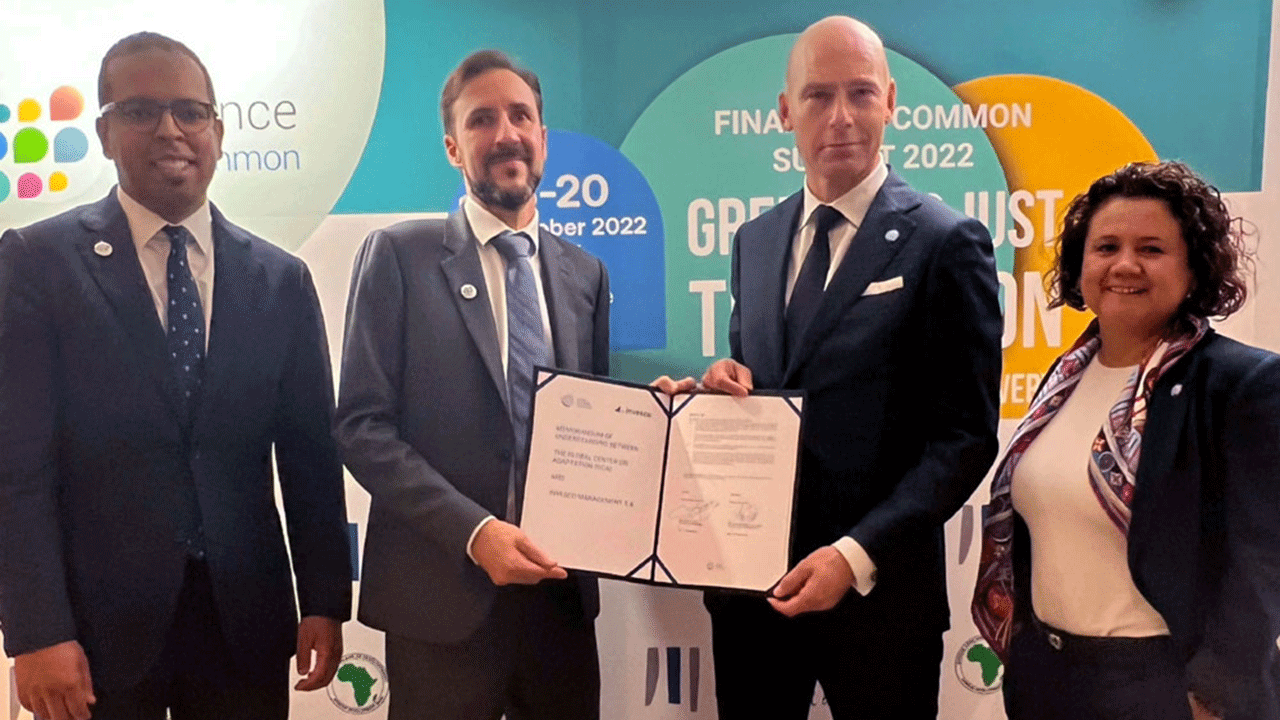
GCA is working with Invesco to explore a blended finance strategy that aims to increase adaptation investment in developing markets. Find out more

GCA is working with the Ministry of Economy and Finance of the Republic of Côte d’Ivoire to enhance and increase the share of adaptation and resilience investments financed by the country’s forthcoming Sustainable Bond Program. Find out more
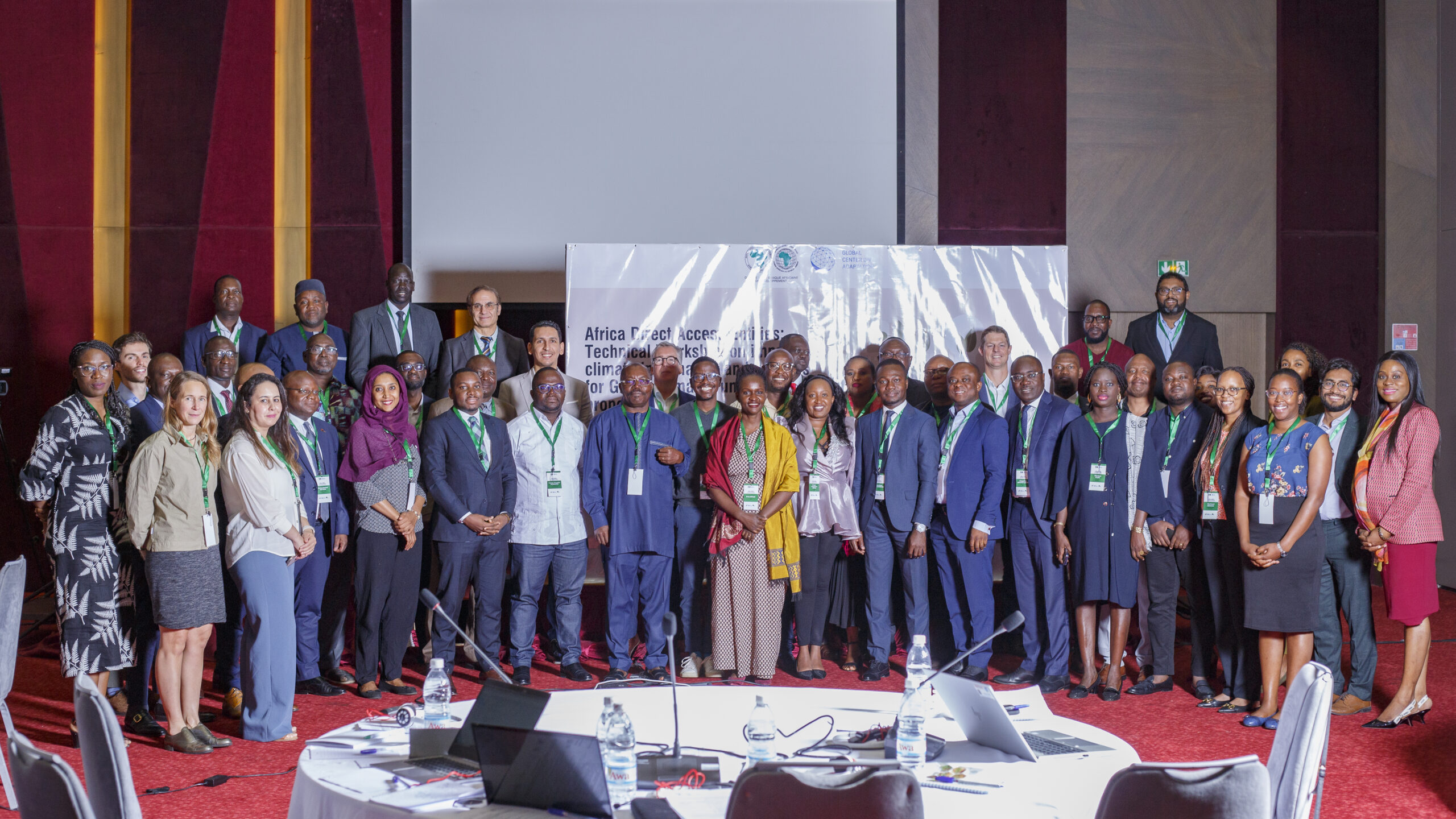
Through the Africa Adaptation Acceleration Program, GCA and the African Development Bank are working with Direct Access Entities to help African countries access more climate adaptation funding. Find out more